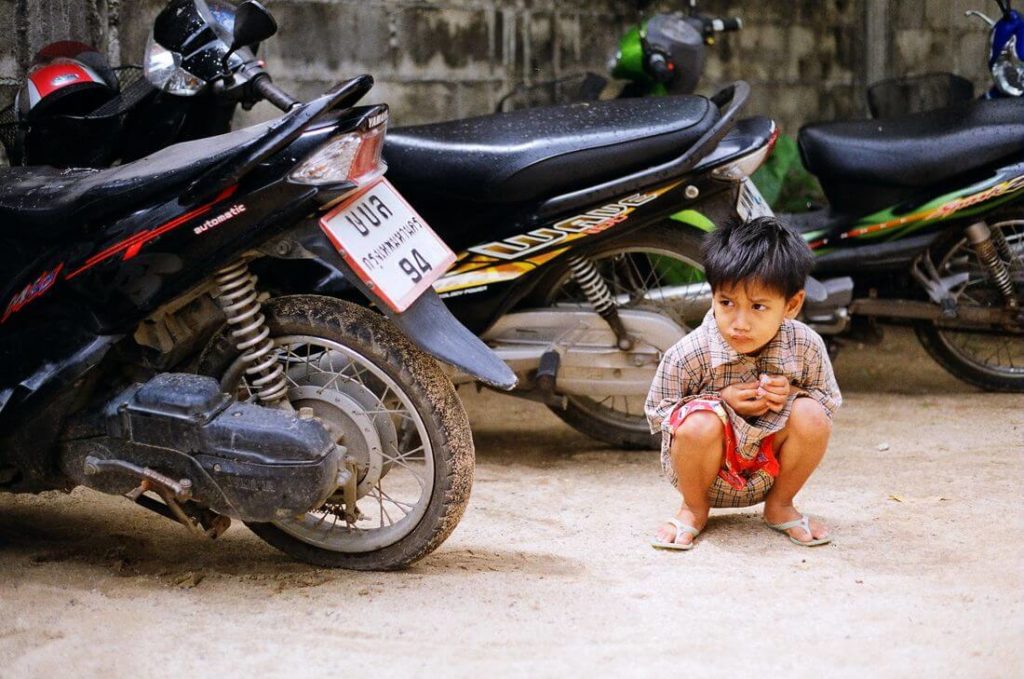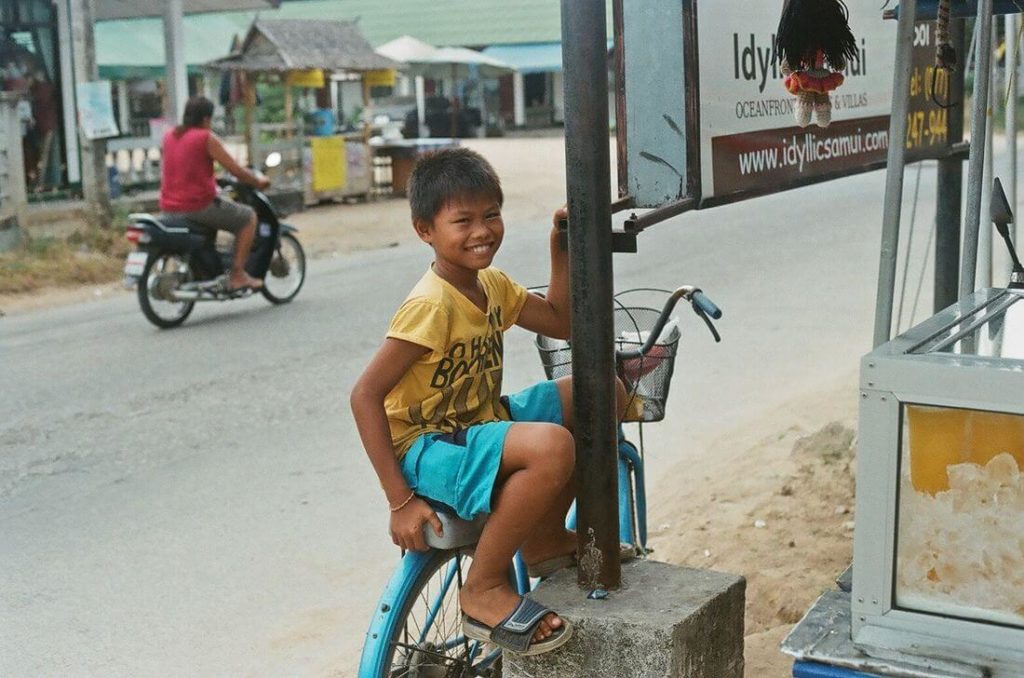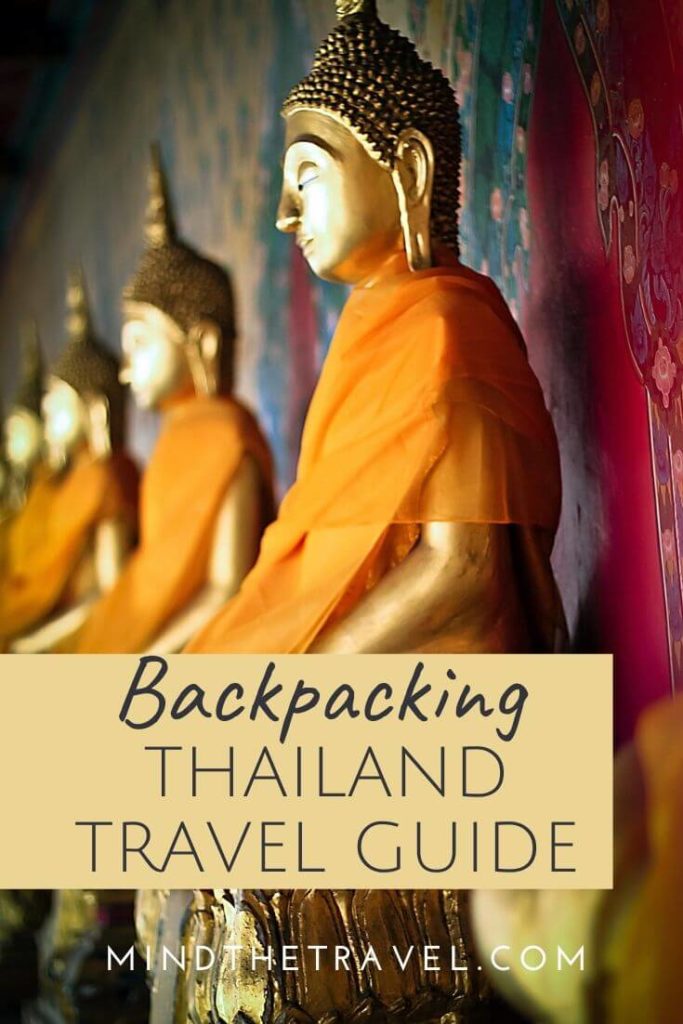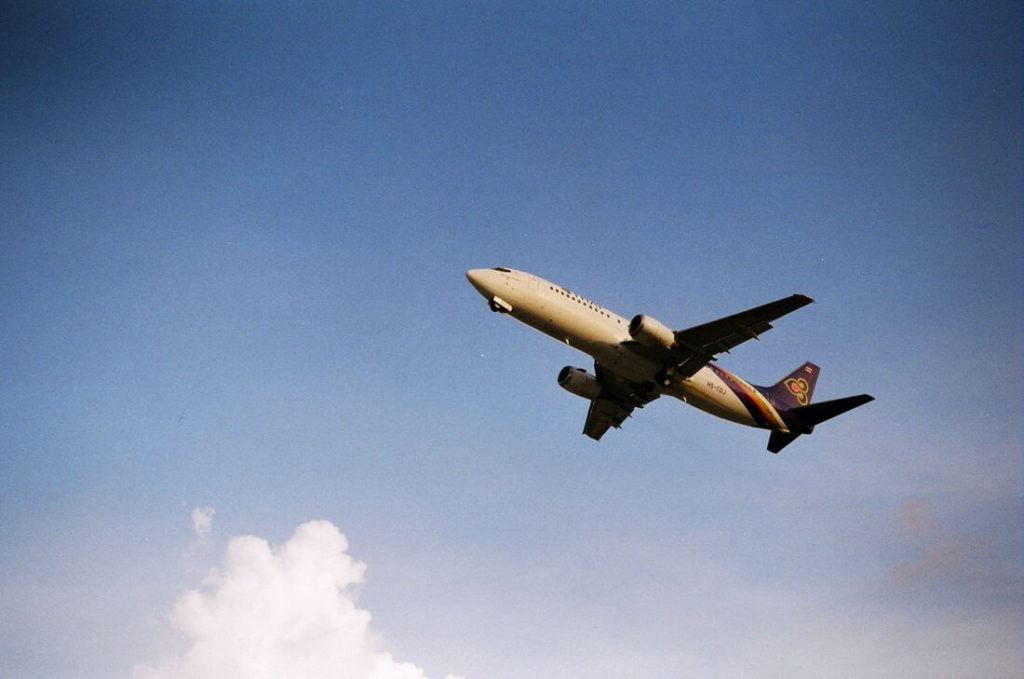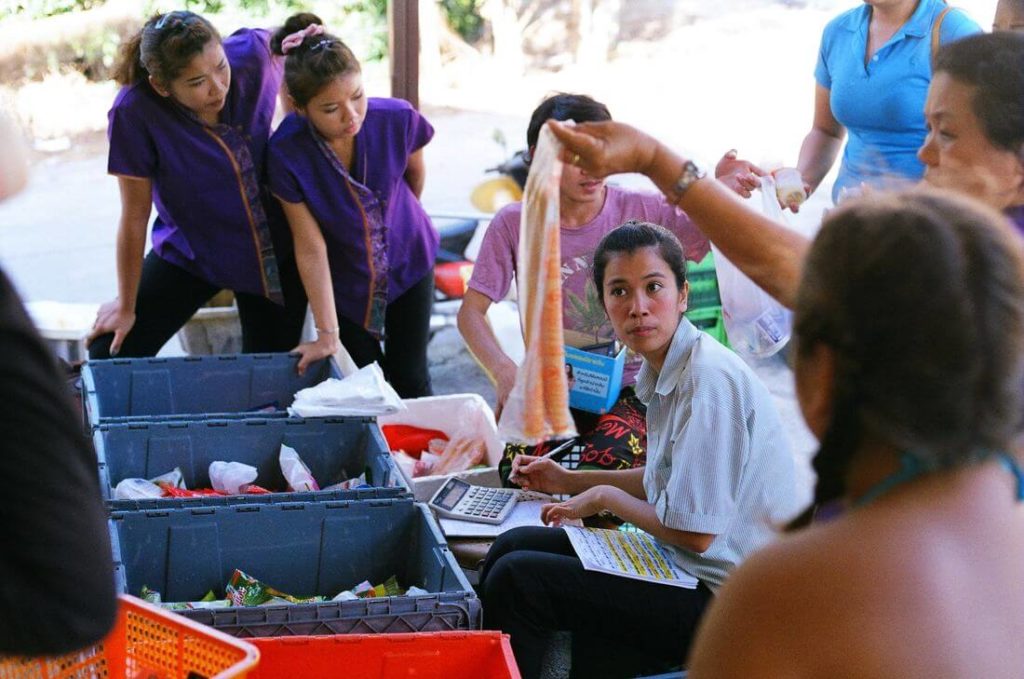Best Places to Visit in Thailand
You have probably realized by now that Thailand is one of the most budget-friendly countries in the world. That said, the Land of Smiles is filled with unbelievable natural scenery, beautiful islands, culture, history, wildlife, and delicious food. To make things easier for you, I’ve put together this list of the best places in Thailand that are still worth visiting, crowded or not.
Backpacking Bangkok
It is very common to hear that so many people set up a base in Bangkok. With an absolute ton of cheap hostels, arguably the most delicious food in Southeast Asia and vibrant nightlife, BKK is fantastic city to explore. However, the hectic heart of the backpacker scene isn’t a place one immediately falls in love with. Many travellers, hate it when they first arrive, but explore it a little further and you will come to love it. Check out these things you should know before traveling to Bangkok.
Backpacking Khao Sok National Park
The lowland rainforest of Khao Sok National Park is arguably the most beautiful place to enjoy in southern Thailand. Here you’ll find multiple waterfall trails, unspoiled jungle, staggering biodiversity and a clear blue jade lake of Cheow Lan with its floating bungalows. Khao Sok NP offers a plethora of different accommodation options to suite everyone’s travel style. These range from budget guesthouses to treehouse bungalows. Khao Sok is home to world’s largest flower too. Rafflesia flower typically blooms for 4 days and then begins to wither and smell attracting a lot of flies. You need to be there to see it with your own eyes.
Backpacking Chiang Rai
The charming city of Chiang Rai is a convenient base for exploring the scenic countryside as well as the Golden Triangle (Saam Liam Thong Kham). Chiang Rai is still much undiscovered and often overlooked by travellers for it’s larger neigbour – Chiang Mai.

I heard about Chiang Rai for the first time from my school teacher who was an avid globetrotter. Chiang Rai is just a little bit further north than Chiang Mai with plenty of affordable backpacker-style accommodation. You can also visit it on a day trip from Chiang Mai. Among the most popular attractions in Chiang Rai are the unique temples, particularly the Fish Tail Cave or Wat Tham Pla and the incredible White Temple (Wat Rong Khun) glistening in the sun.
Backpacking Sukhothai
The ancient capital of Thailand, Sukhothai is a UNESCO World Heritage Site that makes a great stopover on the way from Chiang Mai to Bangkok or vice versa. The Old Sukhothai (meuang gòw) is a must for anyone seeking some real Thai culture and craving insight into Thailand’s fascinating history.
Rent a cheap bicycle and ride by ancient temples and impressive Buddha statues. Sukhothai Historical Park is broken up into several parts and makes it a relaxing place to explore. You can see most things of interest in a day. I’d recommend visiting at least one set of ruins when backpacking in Thailand. I’d probably say Ayutthaya is the best but Lopburi and Sukhothai are unmissable too. If you’re planning on renting a bike consider getting one at your accommodation (if you’re staying for more than a day). Keep in mind, rentals close to the park are much more expensive.
Backpacking Chiang Mai
This is the largest city in Thailand’s north and is like no other in country. Once a former seat of the Lanna Kingdom, it now has become a haven for backpackers, partyers and digital nomads escaping the frenzied buzz of the metropolitan cities. Chiang Mai is the most culturally significant city in the region. Its northern location makes the city a desirable destination for everyone willing to relax and unwind away from the hustle and bustle of Bangkok.
Chiang Mai boasts a well-preserved Old City with a moat and dozens of ancient temples neighboring the busy markets. I can’t recommend wandering the Old City and hitting the night markets along Wualai Street and Ratchadamnoen Road highly enough. A lot of travelers end up staying longer than they anticipated because once you immerse yourself in Chiang Mai’s markets and temples, you won’t want to leave.
Backpacking Pai
Situated in the hills of Mai Hong Son, the tiny town of Pai is like a magnet for backpackers, outdoor enthusiasts, and travellers who are into trekking with hill tribes. Just 15 very few people heard about this town and even fewer people had any idea where it’s on the map. But for those who do know and who do travel to Pai, there are Mo Paeng and Pam Bok waterfalls, the Pai Canyon and what they call the Land Split. I originally came to Pai for three days and ended up staying for additional 20 days. I definitely recommend renting a motorbike to explore the area at your own pace.
Backpacking the Thai Islands
Thailand has a plethora of jaw-dropping gorgeous islands. Many of them are large enough to offer accommodation, but some are part of a national reserve and thus only accessible by day trips. As I said before, southern islands tend to be more expensive than the northern areas. But this shouldn’t keep you from visiting the area though.
If you’re feeling adventurous, there are some smaller tropical islands in the Gulf of Thailand that are pretty much uninhabited. Some other islands are very popular (read crowded) and some only have just a few bungalows on them. If you’re planning your perfect Thailand island-hopping adventure take a closer look at Koh Samet, Koh Phi Phi, Koh Tarutao, Koh Chang, Koh Tao, Koh Phangan, Koh Samui, Koh Lanta, and the Similan Islands. To get more off the beaten track while backpacking Thailand, head on over to Koh Lipe.
Many of the lesser-known islands offer a charming and laid-back atmosphere. For a bit secluded treehouse experience – head to Koh Yao Noi. Catch a boat from Phuket heading to Koh Yao Noi, a fairly chilled out island where I spent seven days living in an amazing treehouse in the forest. This can be your best bet if you’re yearning for a hassle-free getaway in search of tranquility and relaxation, all in one.


